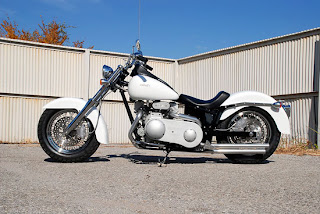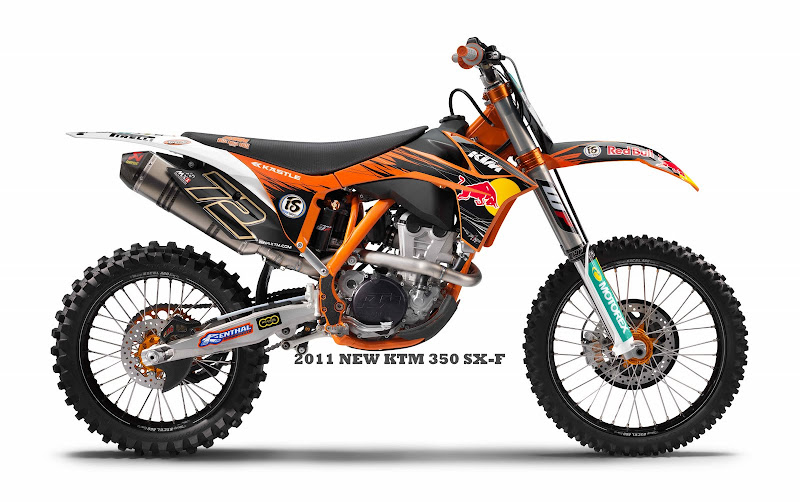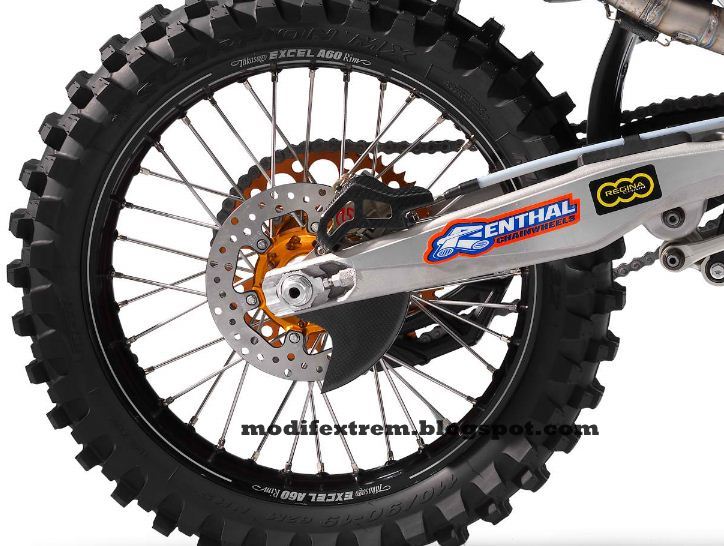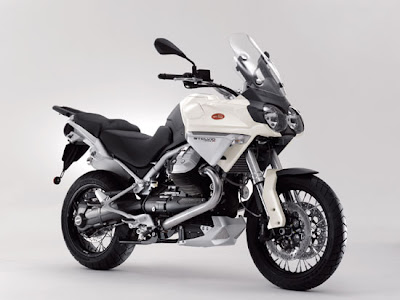Edwin Yi Yuan, a 23-year-old student at RMIT (Royal Melbourne Institute of Technology), worked on the group project in an industrial design course. Lecturer Simon Curlis came up with the project idea a year after his own motorcycle accident. Wanting to get back on two wheels, his goal was to set a land speed record at Lake Gairdner, a dry lake bed in Southern Australia. He wanted his new racebike to be environmentally friendly, but eschew the typical eco-power routes of bio-fuel or electric. Instead, the team decided to harness an air engine.
With a stripped down Suzuki GP100 as a literal framework for the idea, the team got cracking. A total of 16 students worked on the project, during a 12-week span. Edwin, who grew up in Shanghai, China, before attending school in Australia, focused on the bodywork design. While the team was unable to get a finished working motorcycle completed within the course timeframe, the design work is complete with a rough prototype.
A rotary air engine from Melbourne engineer Angelo Di Pietro will power the Green Speed. The engine gets its power from the compressed air stored in a pair of high-pressure tanks, located under the spine of the frame. The interior of the air engine is made up of a series of chambers and as the compressed air is forced in the chamber it creates rotary power. The engine’s torque transfers to the rear wheel via a single gear, a sprocket mounted directly to the engine, and final chain drive.
The present design calls for an odd-looking 1:1 gear ratio, but with plans to race for a land speed record the team is contemplating gearing it even more aggressively for top speed. The goal, according to Edwin, is for a LSR record that crests 100 mph. Still in development, the engine is promised to rev up to 3000 rpm, and the team calculates a potential top speed of 112 mph.
A rotary air engine from Melbourne engineer Angelo Di Pietro will power the Green Speed. The engine gets its power from the compressed air stored in a pair of high-pressure tanks, located under the spine of the frame. The interior of the air engine is made up of a series of chambers and as the compressed air is forced in the chamber it creates rotary power. The engine’s torque transfers to the rear wheel via a single gear, a sprocket mounted directly to the engine, and final chain drive.
The present design calls for an odd-looking 1:1 gear ratio, but with plans to race for a land speed record the team is contemplating gearing it even more aggressively for top speed. The goal, according to Edwin, is for a LSR record that crests 100 mph. Still in development, the engine is promised to rev up to 3000 rpm, and the team calculates a potential top speed of 112 mph.
Designed as a land speed racer, there’s no headlight, brake light or indicator lights to be found. Because of the air engine, there’s no gearbox or exhaust system either. Yi Yuan estimates the minimalist design to weigh somewhere in the 220-lb range, with hopes that the heavy steel frame and air tanks, might get swapped out for lighter materials on the finished model. The team looked to source carbon fiber tanks, but found the cost prohibitive for a modestcollege design experiment.
So, according to Yi Yuan, what are the pros and cons of a potential air-powered motorcycle?
“The advantages is obvious, the compressed air is total zero emission. The thing from the exhaust is the same that we breathe.”
Yi Yuan points out air-powered systems are less toxic than the batteries powering electric designs. They’re also potentially lighter than electric designs, which must carry heavy batteries. In an air-powered design, the air tanks act as a battery, storing energy in the form of pressure. The high-pressure air tanks, however, are also a potential problem to the design too.
“Disadvantages is that the air is compressed, which makes it potentially explosive in accident,” Edwin acknowledges. “We all know that motorcyclists have more accident more often.”
“The advantages is obvious, the compressed air is total zero emission. The thing from the exhaust is the same that we breathe.”
Yi Yuan points out air-powered systems are less toxic than the batteries powering electric designs. They’re also potentially lighter than electric designs, which must carry heavy batteries. In an air-powered design, the air tanks act as a battery, storing energy in the form of pressure. The high-pressure air tanks, however, are also a potential problem to the design too.
“Disadvantages is that the air is compressed, which makes it potentially explosive in accident,” Edwin acknowledges. “We all know that motorcyclists have more accident more often.”
Air power also doesn’t yield the same amount of energy per volume. All that stored energy from a single tank of gasoline, millions of years in the making, is still a bargain alternative power sources just can’t beat.
“It [air power] has lower mileage than petrol. I mean to cover the same distance, you need a lot more volume of compressed air than petrol. That means we’re either going to have to go to the gas station more often, or have a huge heavy tank on the bike which makes it very heavy. Even a dangerously high pressure air tank still cannot compare to petrol for power to volume figure.”
Yet the problems don’t hinder Yi Yuan’s belief in the potential of air-powered transportation:
Yet the problems don’t hinder Yi Yuan’s belief in the potential of air-powered transportation:
“The future, I think, has lots of opportunity. We can ride our air bikes, charge up the compressed air tanks at home or office with a little air compressor. It should take less time then battery charging. Better yet, there might be possibility to have an air compressor on the bike, so we can just plug it on the wall. Or, we can go to a gas station, but instead of filling up with petrol, just use that compressed air that we use to pump up our flat tires to charge up our air tanks. Of course, in the future, that compressed air might not be free anymore. So your gas station does not sell “gas” as petrol, but “gas” as compressed air.”
As for the future of the Green Speed design, most of the students involved have since drifted away from the project. For his part Yi Yuan and Curlis are still game for a run at Lake Gairdner, but admit a serious LSR attempt would need to be built around a newer frame. Not to mention some money to push the design forward. Still, the student is enthusiastic about the Green Speed as a fun project, post graduation.
“If it works on Lake Gairdner in South Australia, we would also love to come to Bonneville to set the speed record of an air powered bike,” said Yi Yuan. “Next step? I even want to set up a factory to produce air motorcycles.”














 REAL USA matic - ridley Motor Auto-Glide Standard
REAL USA matic - ridley Motor Auto-Glide Standard


































